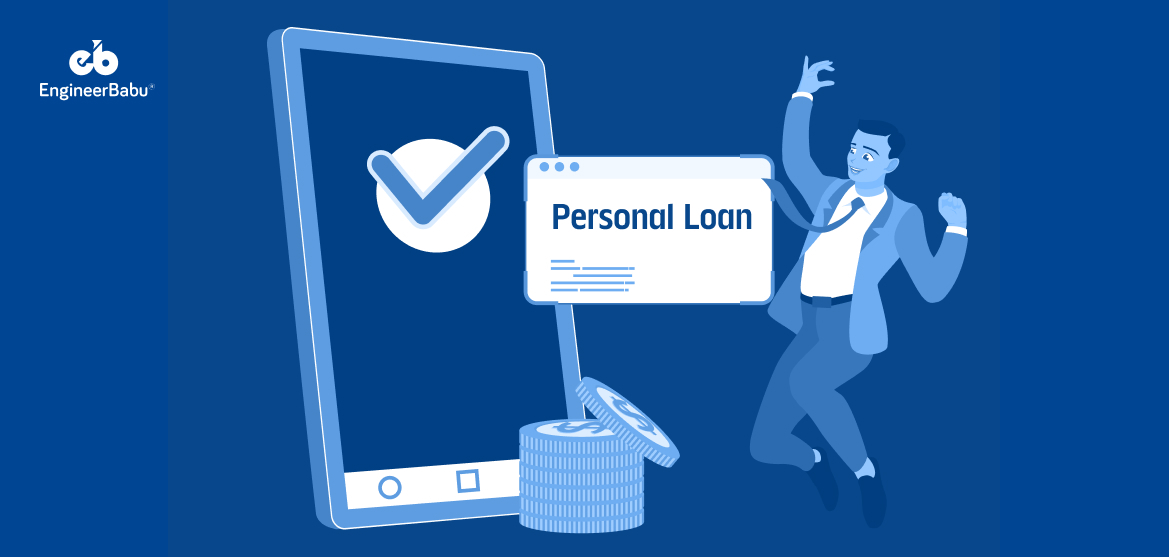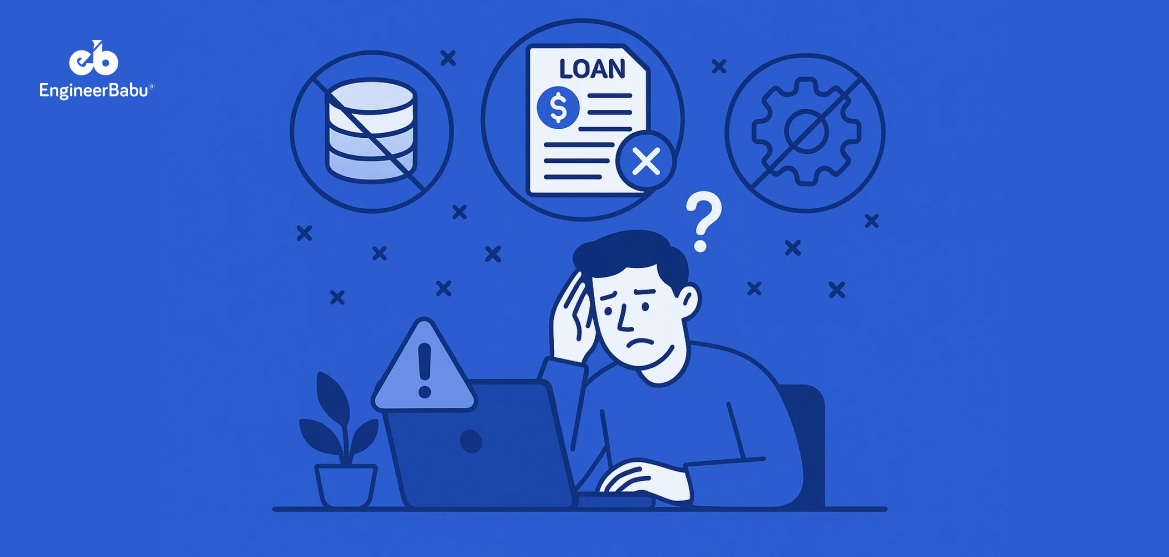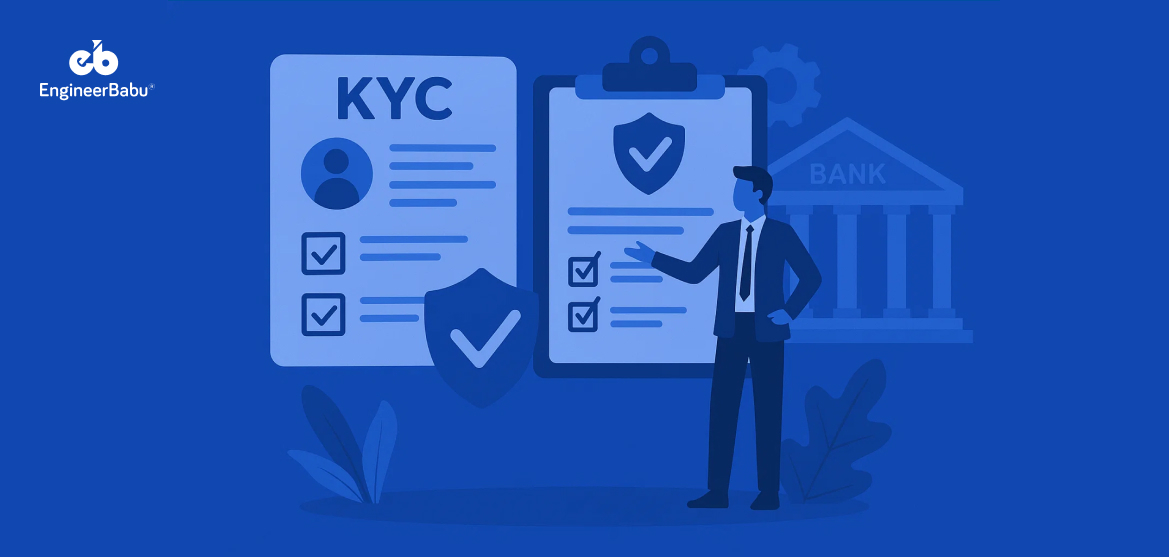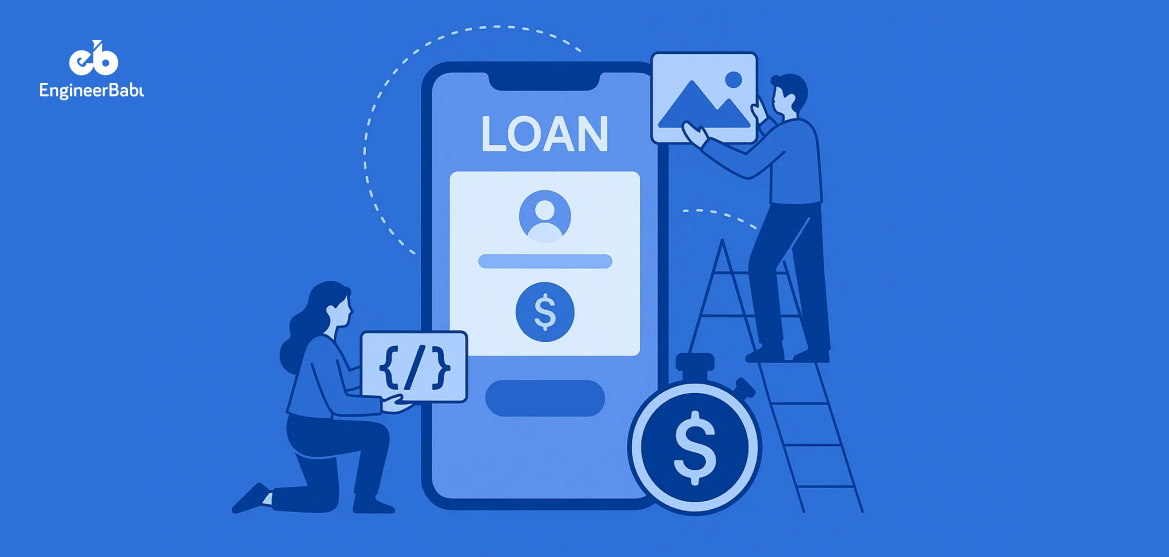We all know borrowing to meet life’s expectations is nothing new. What’s changing is how people take personal loans and what lenders expect in return. If you’re watching personal loan trends, the next few years will be defining.
Already, personal loans in India grew by 24.5 % year-on-year (as of February 2024), a noticeable jump from 20.4 % in February 2023. (Covered by TechSci Research). That kind of growth is not generally driven by demand. Here, it is tied to deeper involvement of technology, access to credit, and consumer mindset.
So, in this article, we’ll walk you through the trends in personal lending, what’s rising, what’s cooling, and what’s likely to matter most in the years ahead. Let’s get into it.
Emerging Personal Loan Trends Shaping the Future
Personal lending in India is no longer a static market. Technology, changing borrower expectations, and evolving regulations are pushing lenders to rethink how loans are offered, approved, and managed.
From AI-driven assessments to green financing, these shifts are setting the stage for a more dynamic and inclusive lending ecosystem. Below, we explore the most important personal loan trends that are defining the road ahead.
Growing Demand for Instant Personal Loans
- What’s happening
Borrowers are no longer willing to wait days for loan approvals. With digital-first lenders and personal loan apps, instant personal loans are becoming the standard. Traditional banks are also adapting by offering pre-approved loans to existing customers with minimal paperwork.
- Why it matters
Speed is not just about convenience. For many borrowers, emergencies such as medical expenses, travel, or urgent purchases cannot wait. Instant approvals improve access to credit and make borrowing more inclusive, especially for younger professionals and gig workers who rely on quick cash flow.
This is one of the most defining personal loan trends because it changes borrower expectations across the industry.
- What to watch
As more lenders compete on speed, the next stage will focus on balancing instant approvals with responsible lending. Expect tighter identity checks, AI-based fraud detection, and partnerships between fintechs and banks to ensure faster yet safer credit.
Borrowers should also be mindful: while the convenience is tempting, instant loans may come with higher interest rates if not compared carefully.
AI and Data-Driven Credit Assessment
- What’s happening
Lenders are moving away from relying solely on credit bureau scores. AI and ML in fintech are now being used to assess repayment capacity through alternative data points such as digital transactions, utility bill payments, rental history, and even spending behavior.
- Why it matters
Traditional credit scoring often leaves out a large section of the population, especially younger earners, freelancers, and gig workers. AI-driven assessments allow lenders to make fairer and faster decisions.
For borrowers, this means that eligibility is not just defined by a three-digit score but by a more complete picture of their financial habits. Among all personal loan trends, this one stands out for its ability to expand credit access responsibly.
- What to watch
Expect wider adoption of AI across both fintechs and traditional banks, along with regulatory guidance on how borrower data can be used ethically. While AI promises inclusivity, transparency will be critical.
Borrowers should pay attention to how their data is being evaluated and ensure they understand the terms offered. In the coming years, this trend may redefine how personal loan eligibility is measured in India.
Personalized Loan Products
- What’s happening
The days of one-size-fits-all lending are fading. Lenders are increasingly offering personalized loan products that adapt to individual borrower profiles. This includes customized loan amounts, flexible repayment schedules, and dynamic interest rates based on spending patterns and repayment behavior.
- Why it matters
Borrowers today expect financial services to feel as tailored as their online shopping or streaming recommendations. Personalized loans give them better control and reduce the stress of rigid repayment plans.
For lenders, it creates stronger customer loyalty and lowers the risk of default since the loan terms are more realistic for each borrower. Among personal loan trends, personalization signals a shift from product-centric lending to customer-first solutions.
- What to watch
As data analytics becomes more advanced, expect hyper-personalized offers where loan terms adjust dynamically to changes in income or spending habits. Borrowers should stay alert to both opportunities and risks: while personalization can be beneficial, it can also tempt individuals into borrowing more than necessary.
Integration of BNPL with Personal Loans
- What’s happening
BNPL as a service is beginning to overlap with personal loans, especially in small-ticket borrowing. Many lenders are bundling BNPL facilities with personal loan products or using them as an entry point for new borrowers. This creates a seamless borrowing experience where consumers can switch between short-term installment plans and longer personal loans.
- Why it matters
BNPL is popular with younger consumers because it breaks large expenses into manageable payments. Integrating it with personal loans blurs the line between everyday spending and structured borrowing. For lenders, this widens the customer base, while for borrowers, it means easier access to credit. However, it also raises concerns about over-borrowing and hidden costs if repayment terms are not clearly understood.
- What to watch
Regulation in the BNPL space is still evolving, and its integration with personal loans will attract closer scrutiny. Borrowers should expect more transparency in fee structures and repayment terms. Lenders will likely refine these hybrid products to balance accessibility with responsible lending.
Blockchain and Smart Contracts in Lending
- What’s happening
Blockchain is slowly making its way into the lending ecosystem. Some fintechs and progressive banks are experimenting with blockchain platforms to record loan agreements and repayment schedules. Smart contracts, self-executing agreements coded on blockchain, automatically enforce repayment terms once conditions are met. This reduces manual paperwork and ensures both parties follow through without needing a middleman.
- Why it matters
For borrowers, blockchain brings more transparency. Every transaction is time-stamped, immutable, and verifiable, which means fewer disputes over terms or repayments. For lenders, it’s a way to cut down fraud, speed up settlements, and reduce operational overhead. Even cross-border loans, which typically involve a tangle of approvals, could be streamlined with blockchain systems.
- What to watch
India is still in the early stages of blockchain adoption in lending, but pilot projects and proof-of-concepts are growing. If regulations support it, we may soon see personal loans disbursed, tracked, and repaid on blockchain-based platforms. Borrowers should keep an eye on how banks and fintechs adopt these tools, especially for large-ticket or long-tenure loans where disputes are more common.
Embedded Lending in Digital Platforms
- What’s happening
Borrowing is no longer limited to bank visits or separate loan apps. With embedded finance, personal loan offers are integrated directly into everyday apps like e-commerce platforms, ride-hailing services, or even food delivery apps. For example, a customer booking a holiday package can be offered a loan option at checkout, approved instantly, and repaid in easy installments.
- Why it matters
This shifts lending from being a planned financial step to an on-demand service. Borrowers can access credit at the exact moment they need it, making the process frictionless. For lenders, embedded lending opens doors to new borrowers who may not have considered a loan but are comfortable with credit when it’s offered within a familiar app.
- What to watch
More collaborations between consumer apps, payment platforms, and fintech lenders are on the horizon. While convenience is unmatched, borrowers should be cautious—“one-click” loans may lead to impulsive borrowing. Clear terms on interest rates, fees, and repayment periods will be crucial to avoid debt traps.
Cloud and API-First Lending Models
- What’s happening
Banks and fintechs are shifting their lending systems to cloud-based platforms and working on custom API development to connect with partners. This approach allows lenders to roll out new products faster, integrate with digital wallets or marketplaces, and scale without the heavy cost of traditional infrastructure. APIs also let third-party services plug directly into lending systems, creating a wider ecosystem of loan providers and comparison tools.
- Why it matters
For borrowers, this means faster access to innovative loan products and smoother digital experiences. Instead of waiting weeks for banks to launch updates, cloud-first lenders can adjust features in days. For lenders, it lowers operational costs and improves security through centralized systems. Among emerging Personal Loan Trends, this one stands out for its ability to reshape how quickly financial services adapt to changing borrower expectations.
- What to watch
As APIs become more common, expect personal loan offers to appear in more digital spaces, from shopping apps to salary platforms. Borrowers should be aware of data-sharing practices and confirm they are comfortable with how their financial details are being exchanged across platforms. Transparency in permissions will be key as this trend grows.
Voice and Chatbot-Based Loan Assistance
- What’s happening
AI-powered chatbot development and voice assistants are becoming common in lending. Borrowers can now ask a bot to calculate EMIs, check loan eligibility, or even start an application without waiting for a customer service representative. These tools rely on natural language processing to understand queries and respond instantly, often available 24/7 within banking or lending apps.
- Why it matters
For borrowers, it means faster answers, easier loan management, and support without visiting a branch. For lenders, it reduces call center costs and helps scale customer service. Over time, as chatbots become more advanced, they will be able to handle complex queries and guide borrowers through every step of a loan application.
- What to watch
As AI models improve, chatbots will become more conversational and reliable. Borrowers should still confirm final details, like interest rates and repayment terms, in official loan documents. This shift highlights how technology-driven service is shaping modern Personal Loan Trends, making support smarter and more accessible.
Green and Purpose-Driven Personal Loans
- What’s happening
Sustainability is making its way into lending. Banks and fintechs are beginning to offer “green loans,” which are personal loans tied to eco-friendly goals like buying an electric vehicle, installing rooftop solar panels, or upgrading homes with energy-efficient appliances. Some lenders are even offering preferential interest rates to encourage borrowers to make environmentally responsible choices.
- Why it matters
For borrowers, green loans provide financial support for decisions that are not only practical but also beneficial for the environment. For lenders, it’s a way to align with global ESG goals and build trust with a more socially conscious customer base. This shift shows that Personal Loan Trends are no longer just about speed and convenience, but also about aligning financial products with values.
- What to watch
While more banks and fintechs are likely to brand products as eco-conscious, not every “green loan” will translate to meaningful savings. Borrowers should compare costs carefully and check if the benefits justify the label. Over time, expect this segment to grow as both government incentives and consumer interest in sustainability rise.
Conclusion
Personal Loan Trends in India are being shaped by a mix of technology, regulation, and changing borrower expectations. From instant digital approvals to AI-driven assessments and even green loan options, the lending landscape is moving toward faster, more transparent, and more tailored experiences.
For borrowers, this means more access and flexibility, but also a greater need to stay informed and cautious about terms. For lenders, it’s about building trust while innovating with the right mix of speed, safety, and personalization.
If you’re a business looking to enter this space, the key is to partner with the right tech experts who understand both finance and user experience. Work with a trusted fintech app development company to build solutions that meet tomorrow’s lending expectations today.
FAQs
1. What are the major personal loan trends in India right now?
Instant approvals, AI-based credit assessments, personalized loan products, and embedded lending in apps are leading the way. Green loans and tighter regulations are also gaining traction.
2. How is AI changing the personal loan industry?
AI helps lenders look beyond traditional credit scores by analyzing alternative data like spending habits, bill payments, and income patterns. This expands access to credit while allowing faster, fairer decisions.
3. Are instant personal loans safe?
They can be safe if taken from regulated banks or NBFC-backed fintechs. However, borrowers should compare interest rates, check repayment terms, and avoid unlicensed apps.
4. What should borrowers watch out for with Buy Now, Pay Later and personal loan integration?
BNPL as a Service makes small borrowing easy for customers, but when combined with personal loans, it can blur the line between everyday spending and structured borrowing. Transparency in fees and repayment schedules is key.
5. How will regulations impact personal loan borrowers?
Stricter RBI guidelines mean more protection for borrowers, clearer contracts, fewer hidden fees, and regulated collection practices. Staying updated on these rules will help borrowers make better decisions.




